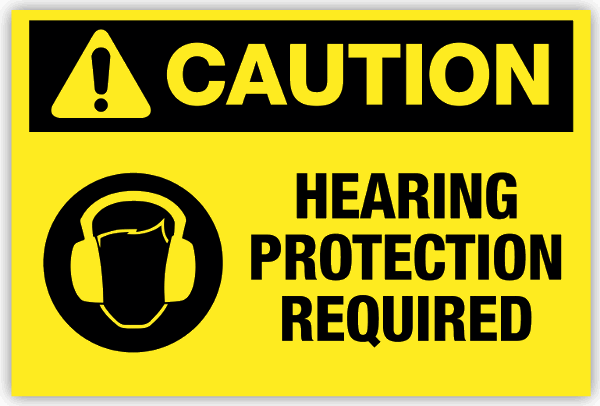In the study of sound, there are words that are used that by Architects, Engineers, Builders and Acoustical Consultants. The list below will help in the understanding of products and their ability to affect sound.
● Acoustic: It is the science of sound, including its production, transmission and effects. The sound that surrounds us is referred to as the acoustic environment. This medium can be pleasurable with desired sounds or polluted with unwanted sounds.
● Sound: All phenomenon denoting a physical pressure or alteration, can be recorded by a normal ear.
● Noise: An awkward, annoying or distracting sound.
● Decibel: a logarithmic measurement radius equal to the amount of power as used to describe levels of sound pressure or sound power.
● Frequency: The number of pro-second cycles, measured in units of Hertz (HZ). A frequency of 1000 Hz means 1000 cycles per second.
● Flanking: The transmission of sound around areas through materials such as walls, ceiling and floors.
● Diffraction: The decline or reflection of sound waves around an obstacle or barrier.
● Noise Reduction Coefficient (NRC): The noise reduction coefficient in an acoustic material is defined as the arithmetic average rounded to the multiple of 0.05 of its sound absorption coefficients to the four-thirds of eighth of bands with centered frequencies of 250, 500, 1000 and 2000 Hz.
● Octave Band: Frequency band with an upper limit equal to twice the limit lower.
● Reverberation time: Once the sound has stopped at the source, it will continue reflecting on surfaces on surfaces until the sound waves lose their energy by absorption, and eventually die. This prolongation of sound is called reverberation. The reverberation time is defined by the number of seconds needed so that the energy of the reflected sound is reduced to one-millionth of its value when its source was extinguished. The reverberation time is a basic acoustic property of an enclosure that depends only on its dimensions and the absorption properties of the surfaces.
● Sabin: Unit of measure of sound absorption
● Sound Reflection: The reflection of sound signals can increase the quantity and resistance of speech and music, as well as increase the intensity of noise. The delay or multiple reflections of sound may become undesirable echoes, creating effects of interference and turbulence, reducing understandable communication.
● Sound Absorption: The property possessed by some materials and objects including air, to convert sound energy into caloric energy. A sound wave reflected by a surface always loses silver of its energy. The fraction of energy that is not reflected as the coefficient of sound absorption of the surface reflects. If a material reflects 80% of the sound energy, the coefficient should be 0.20.
● Sound Absorption Coefficient: A sound absorption coefficient is determined both before and after placing the absorbent material sound in a room in reverberation. By measuring the rate of decay in a fuzzy sound reverb field, the sound absorption can be calculated by the Sabins equation. The increase in absorption is divided by the total area of test material and this is the coefficient of sound absorption. The coefficient from sound absorption = Absorption / area.
● Sound Attenuation: The reduction of sound as it travels from the source to a recipient.
● Transmission of Sound: The sound can be transmitted from one place to another through a medium in the form of vibrations (in the air or in solids). Unwanted sounds in an enclosure can be the result of sound transmission from external sources. The degree to which these sound transmissions are accepted depending on the quantity and source of the sound and the space adjacent.
● Ceiling Attenuation Class: The attenuation factor is the difference in noise level (noise reduction) measured in decibels between a source enclosure and an adjacent enclosure when it is assumed that all the sound travels via common plenum to the two rooms.
● Sound Transmission Loss: The reduction in sound pressure level, measured in decibels, passing through a material.
● Impact Insulation Class, IIC: rating system of how well sounds from footfall is reduced.
● Insertion Loss: The reduction in sound pressure level measured in decibels, after the barrier, enclosure or treatment is located between the sound source and reception point.
● Sabines Absorption: The amount of sound absorption provided by a product or system. This equals the intervals of the sound absorption coefficient of the area of surface of the product or system.
